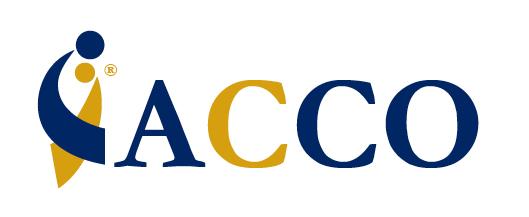
The Problem of Pain in Childhood Cancer Survivors
The Childhood Cancer Survivor Study found that, while most survivors do not have chronic pain, certain groups of survivors are more likely to have pain. This

The Childhood Cancer Survivor Study found that, while most survivors do not have chronic pain, certain groups of survivors are more likely to have pain. This
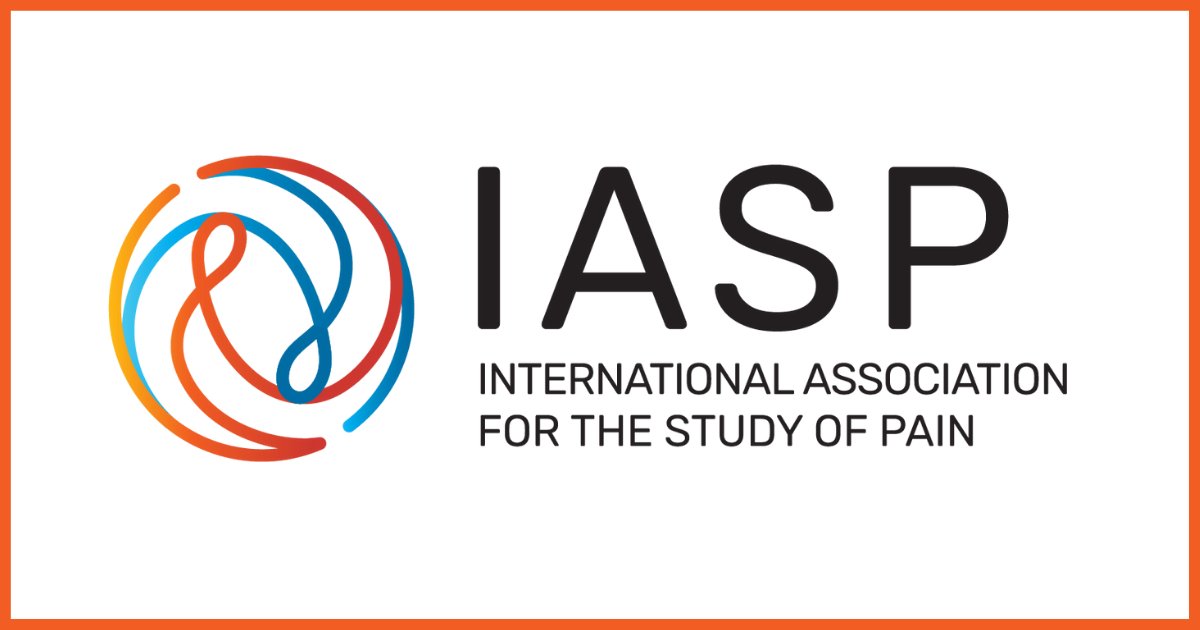
Given the dependency of children upon adults with regard to pain assessment, prevention, and treatment, children 0-17 years are a vulnerable population and need special
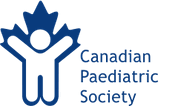
Pain assessment and management are essential components of paediatric care. The planning and implementation of pain management strategies for children should always be personalized and
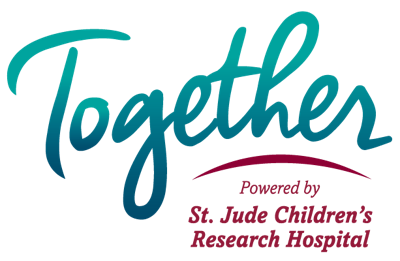
Sometimes, cancer treatment means taking a break from sports and other activities. In some cases, you can return afterward. In other cases, it might be
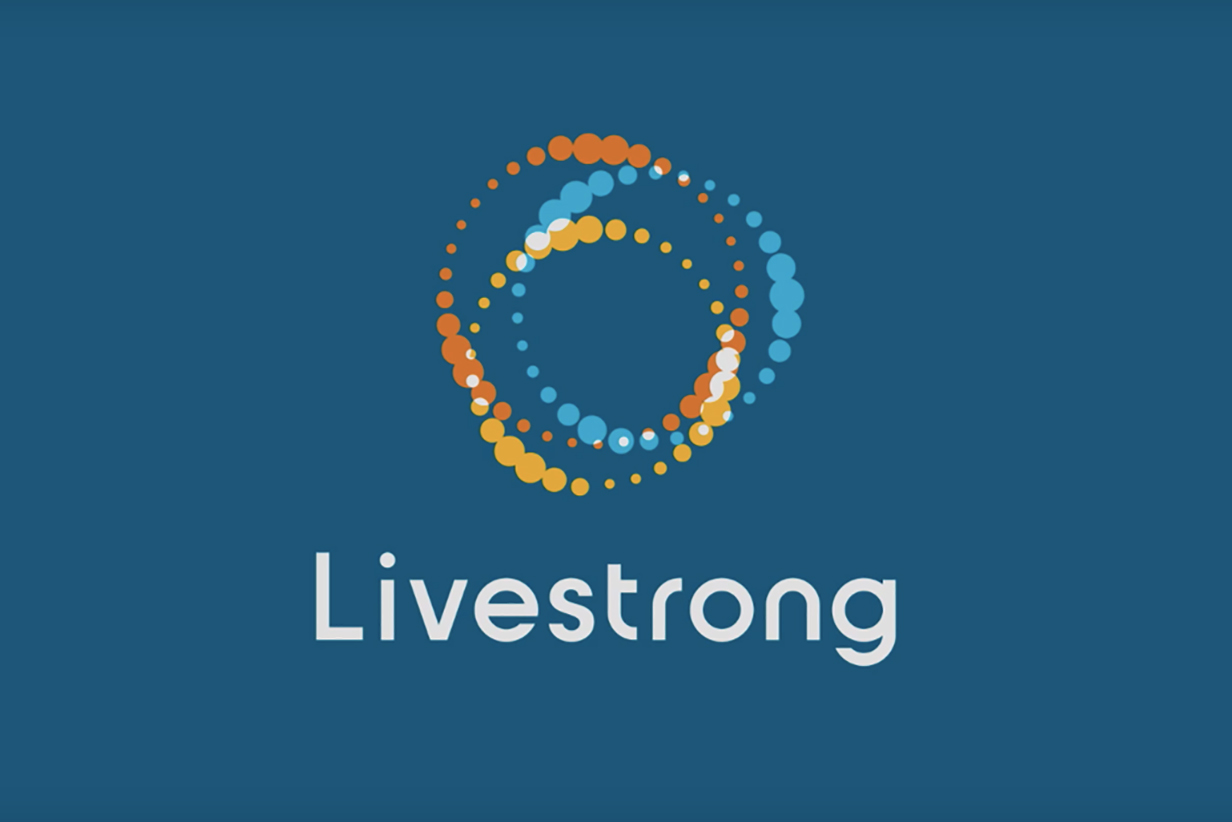
Survivors sometimes experience ongoing pain after cancer treatment. Chronic (or persistent) pain may be mild or severe and affect quality of life. The good news

Participation in physical activity and improved physical fitness are associated with many health benefits for survivors, including improved cardiovascular health, decreased risk of cardiovascular disease,
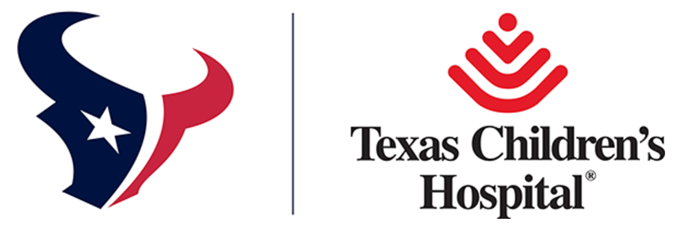
Helping children have a healthy, active lifestyle can put them at the top of their game. Find articles about how parents can help children stay

Survivors may experience health complications because of their cancer and cancer treatments, some of which may not show up years later. Poor health behaviors today
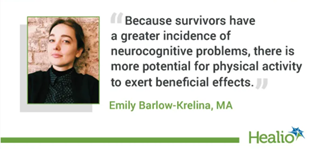
Because survivors have a significant incidence of neurocognitive problems, physical activity has more potential to exert beneficial effects. -Emily Barlow-Krelina, MA.
Adult survivors of childhood cancer who report more consistent physical activity have fewer neurocognitive problems and considerable improvements in these concerns many years after treatment.